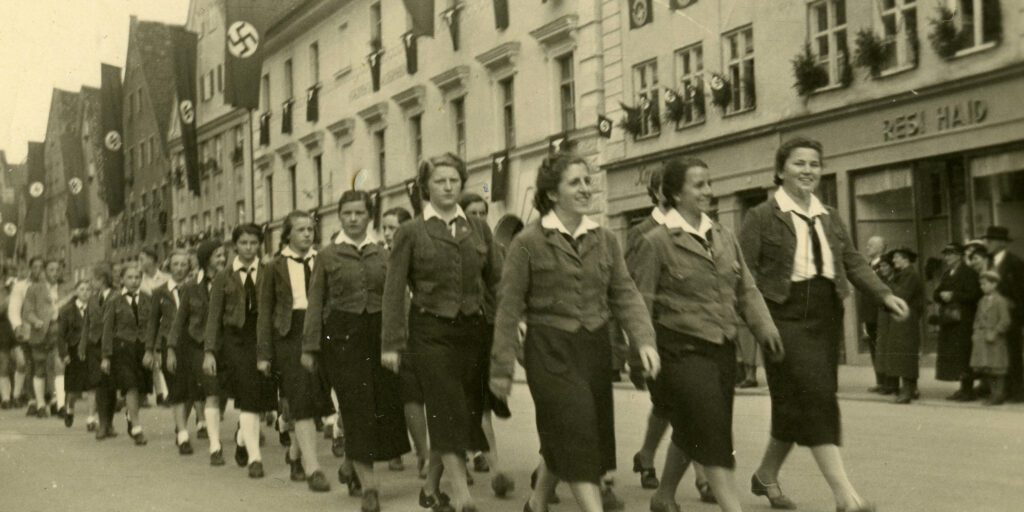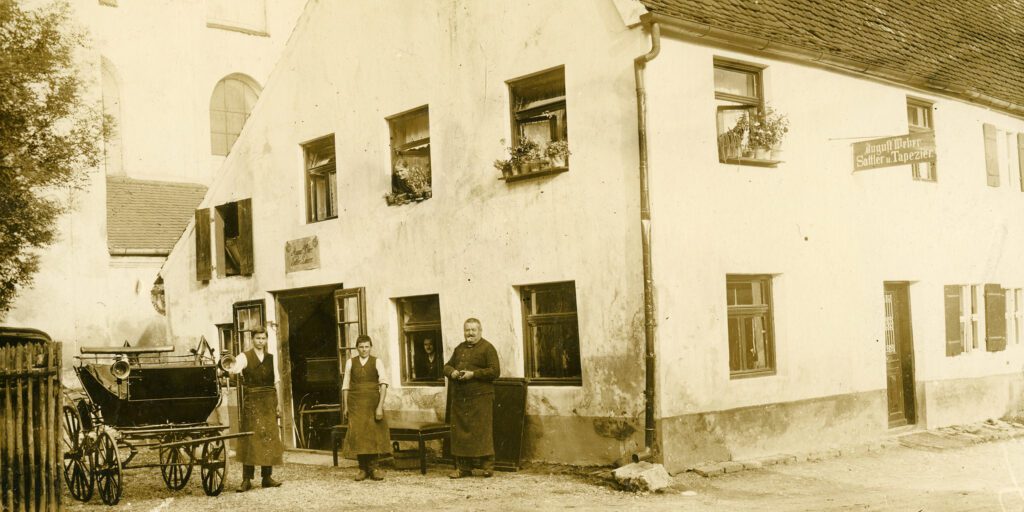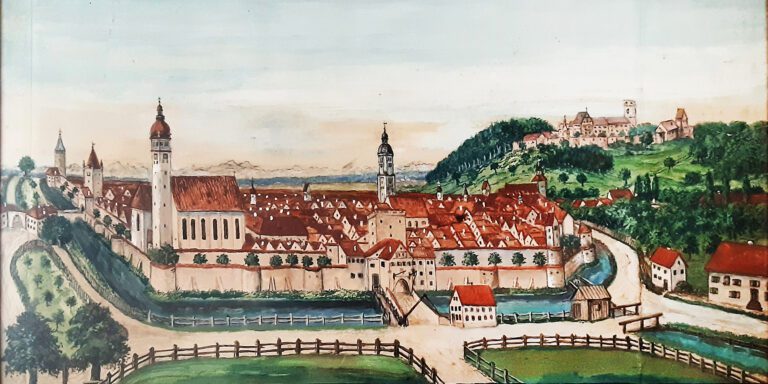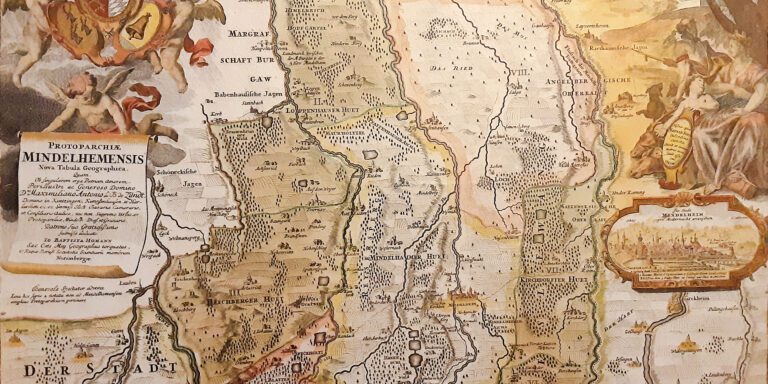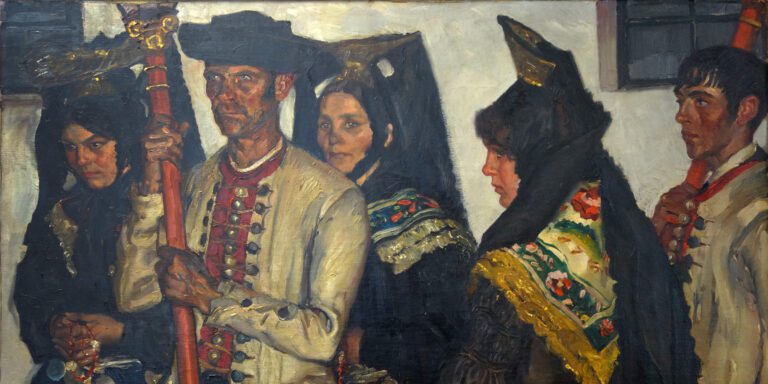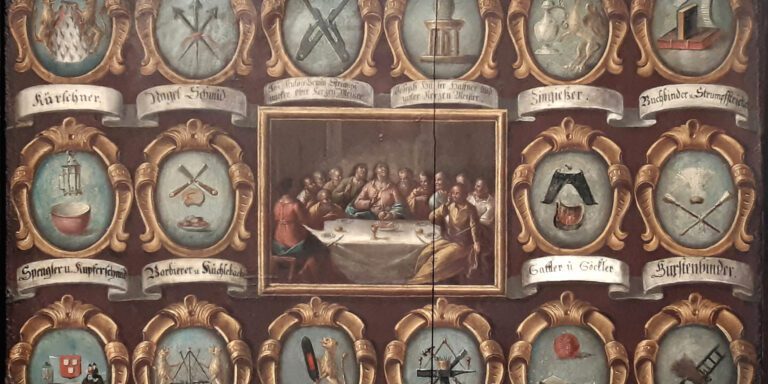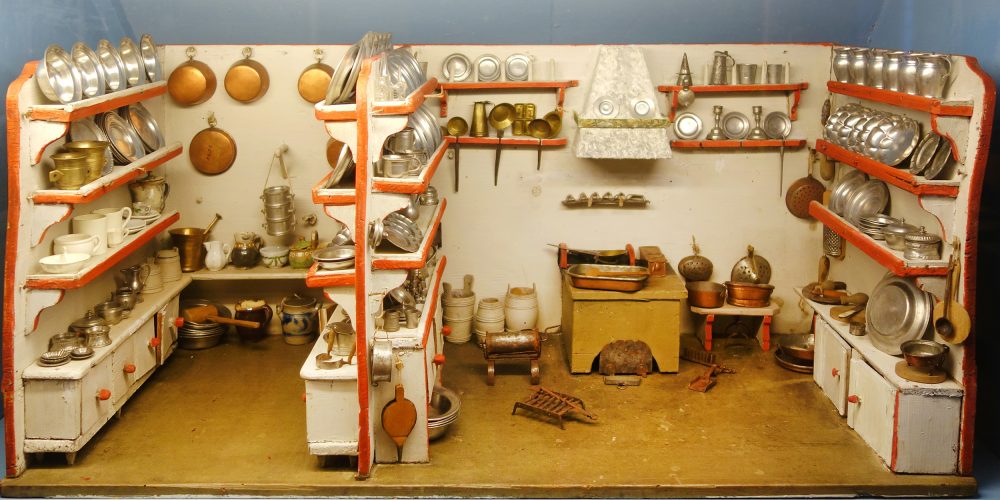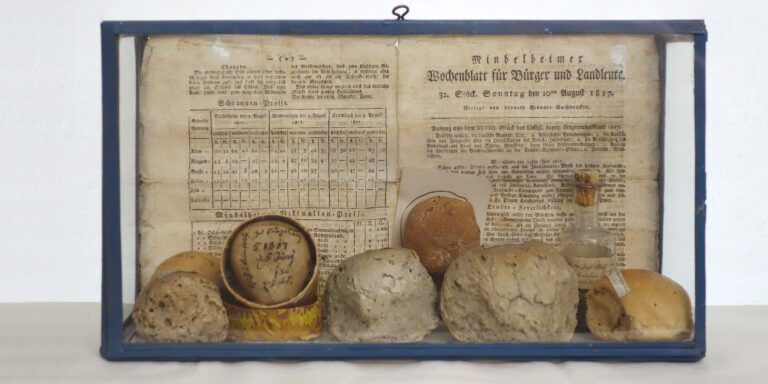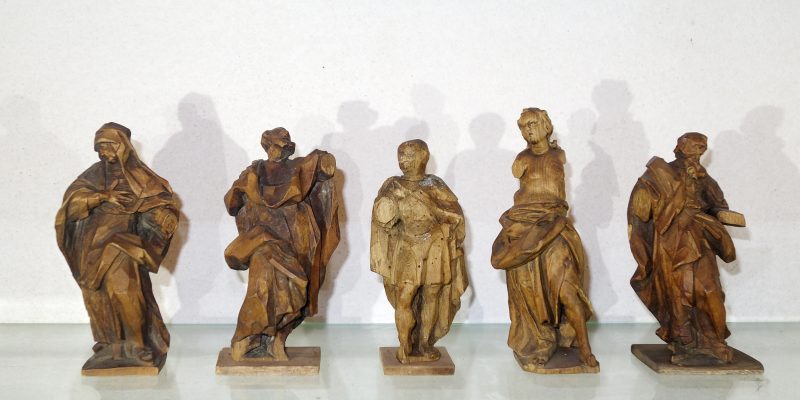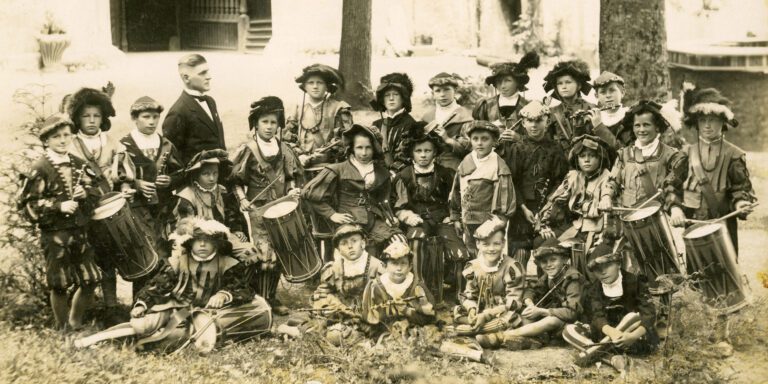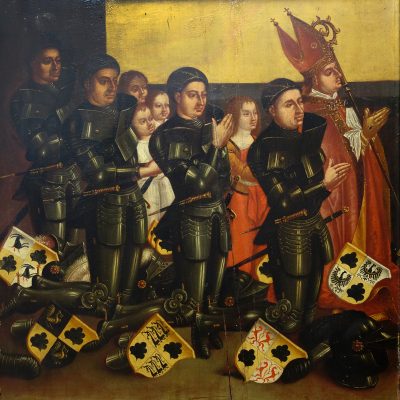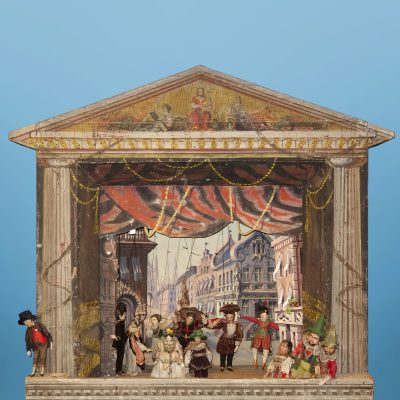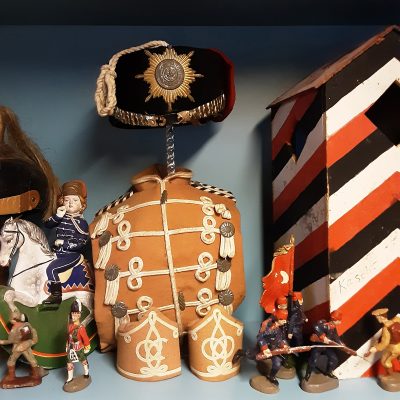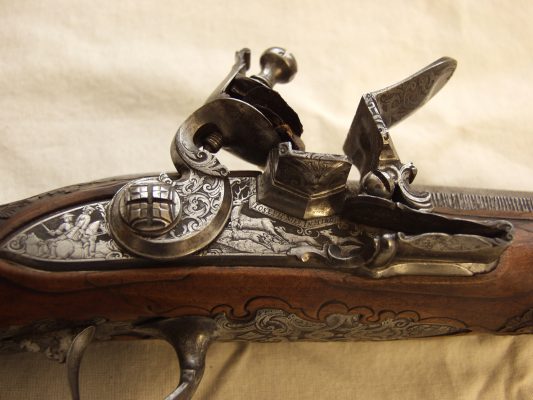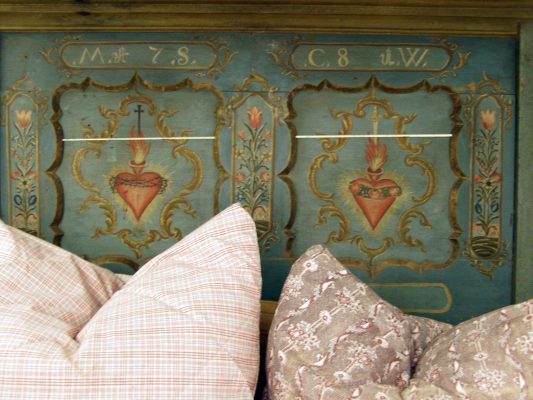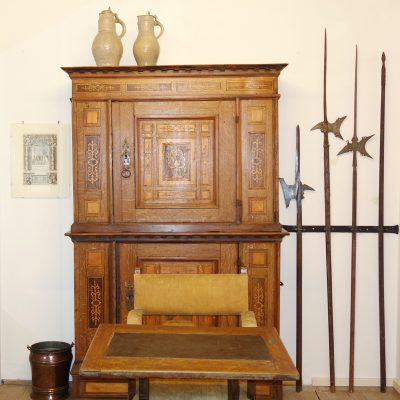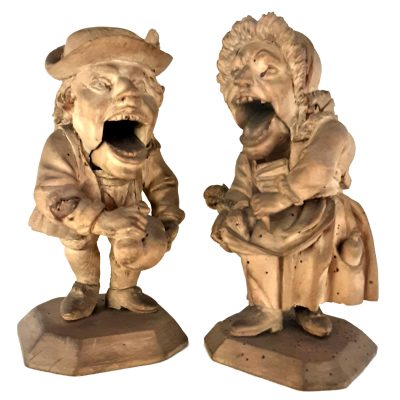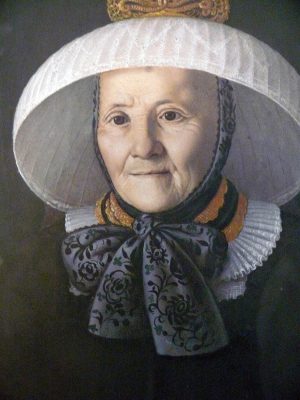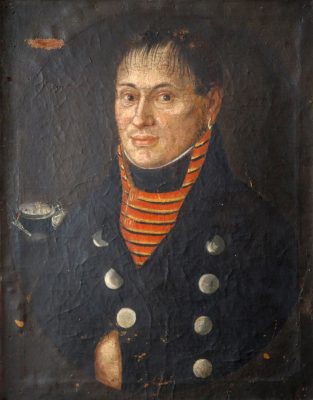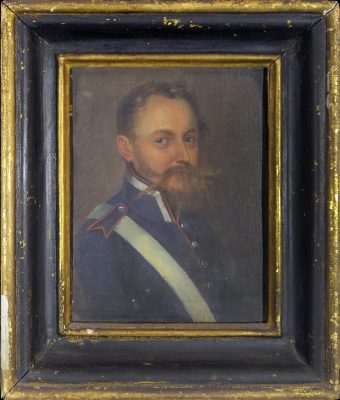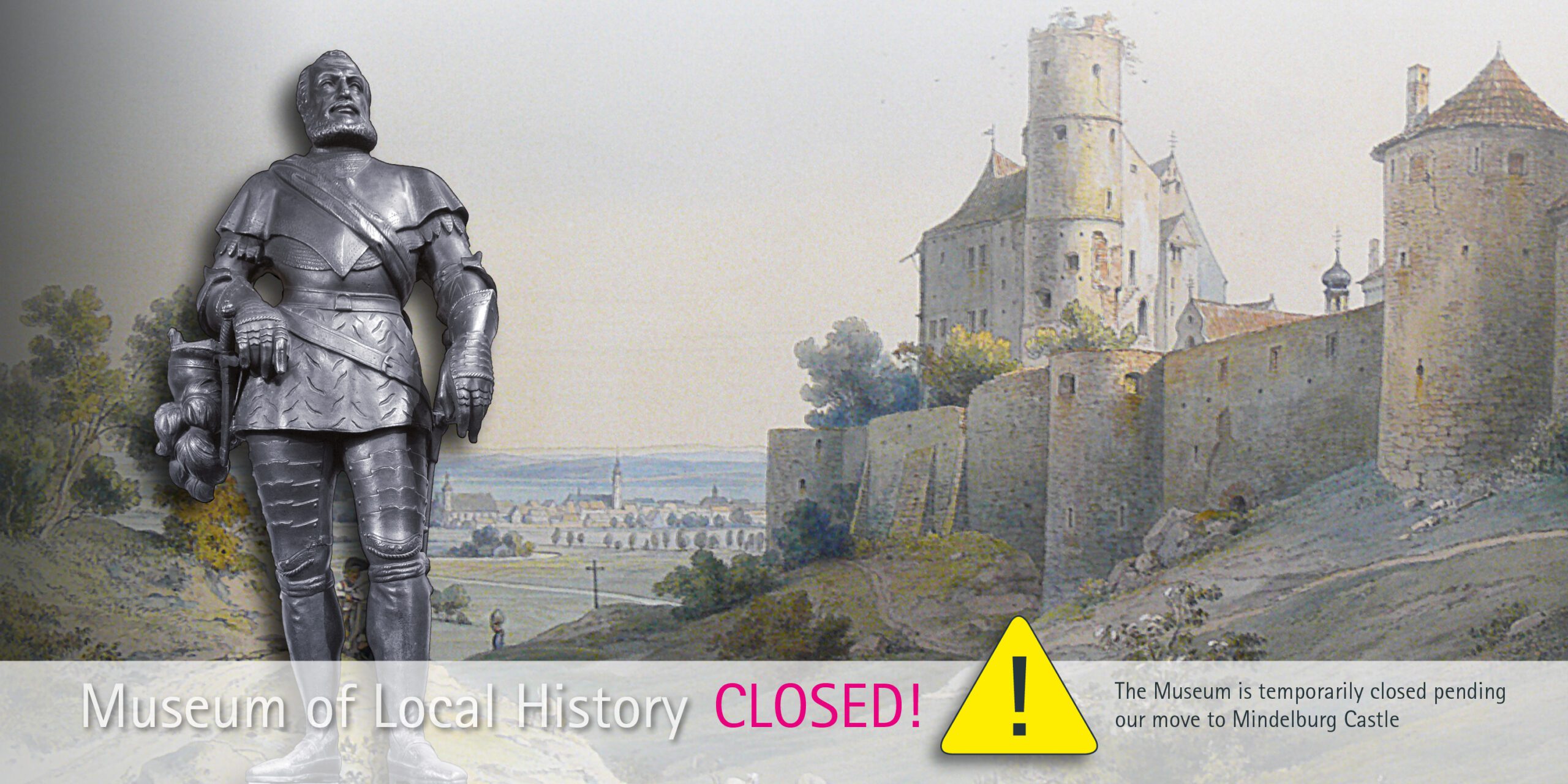
THE MUSEUM OF LOCAL HISTORY IN MINDELHEIM
The Museum of Local History is temporarily closed pending our move to Mindelburg Castle
Mindelheim’s oldest museum, the Museum of Local History, was founded as early as 1903 by the senior teacher Friedrich Lang. Following several moves, this museum has been located in the Baroque rooms and corridors of the Franciscan Holy Cross Convent since 1948. The very extensive collections illustrating various topics are now presented in seven thematically arranged rooms on two floors, with an adjoining special exhibition room.
The many exhibits and documents bring to life the history of Mindelheim under the rule of noble town lords.
Visitors will encounter testimonies and objects recording the life and culture of bourgeois and peasants and of trade in the town. An extensive collection of religious art from the 16th to the 19th century, traditional costumes, household effects and documents of folk art round off the picture and provide comprehensive insights into the everyday life of past generations.
Not to be missed: the practically limitless collection of toys, including rocking horses, dolls’ houses Punch and Judy theatres and many other childhood dreams of today and yesterday, which render this an unforgettable museum experience for young and old.
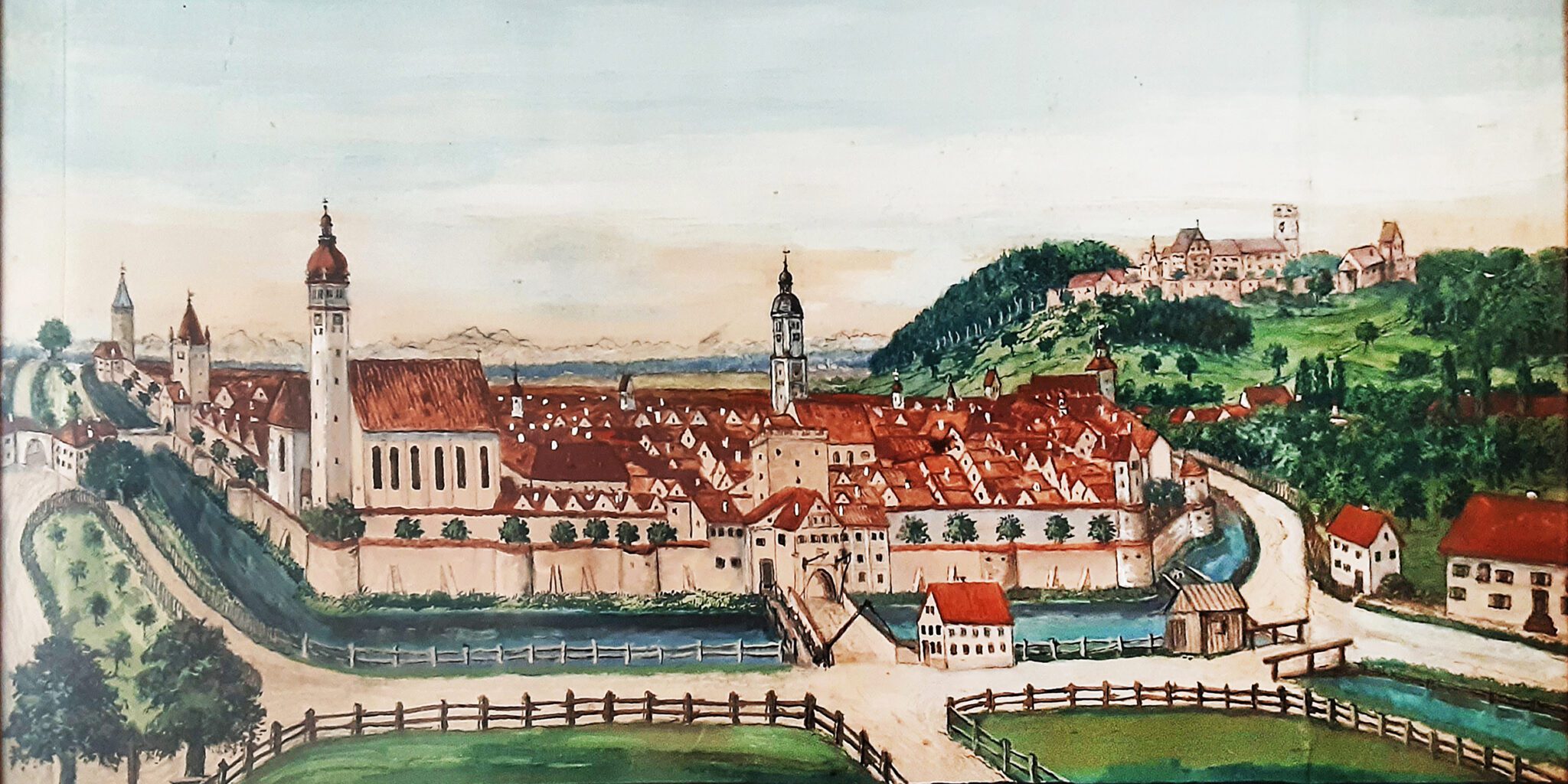
Town history - from Imperial court to town
Mindelheim, idyllically situated on the Mindel River, was originally settled during the Christianisation period in the 6th and 7th centuries by Alemannic farmers, and later developed to become an Imperial court. It was first mentioned in a document dating from 1046 and was described as a town in 1256.
Mindelheim was a very rural town on the former salt road, an important long-distance trade route leading from Lindau via Memmingen to Munich. It was a popular place to live and a useful location and trading point for countless craftsmen, tradesmen and merchants.
Over time, the residents developed a strong sense of self-confidence accompanied by modest prosperity.
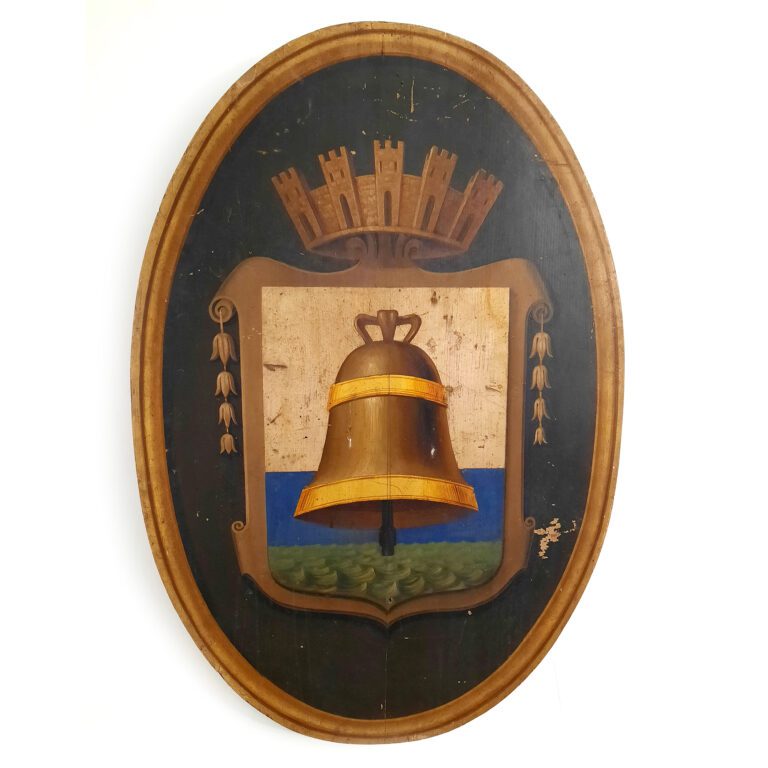
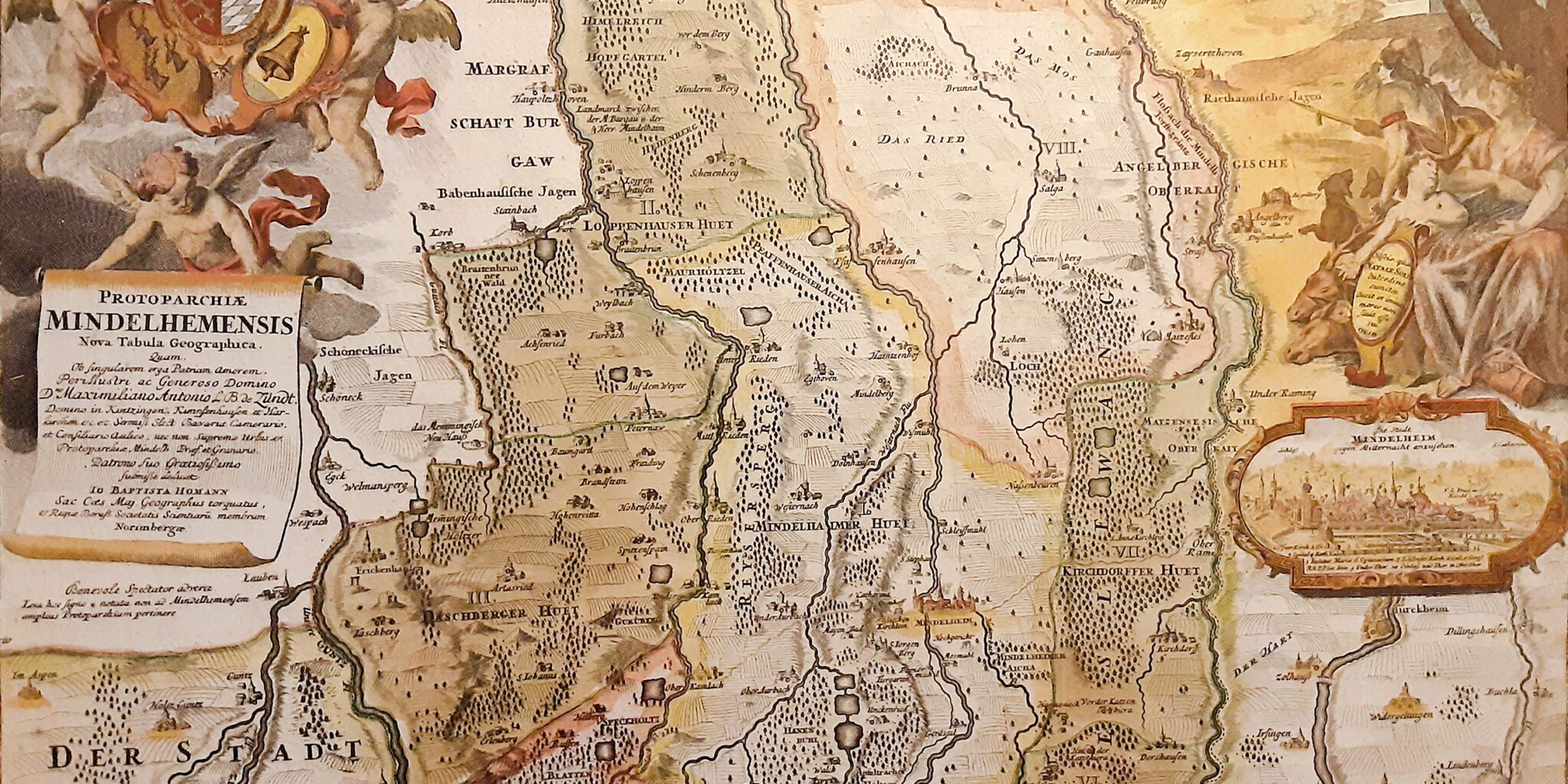
A town and its noble rulers
In 1160, Henry the Lion built an imposing castle on a nearby hill to protect and secure the important salt route against attacks by enemies.
Numerous noble families including the Stauffer, the Lords of Mindelberg as well as the Tecks and Rechbergs established a befitting family seat in this castle and ruled the town and its surroundings with due sovereignty and good fortune.
The most important of the ruling nobleman in Mindelheim originally came from the small town of Schwaz in Tyrol. Georg von Frundsberg, the “Father of the landsknechts” (1473 – 1528), went down in European history as the Commander of the Imperial Army and Field Captain under Emperors Maximilian I and Charles V.
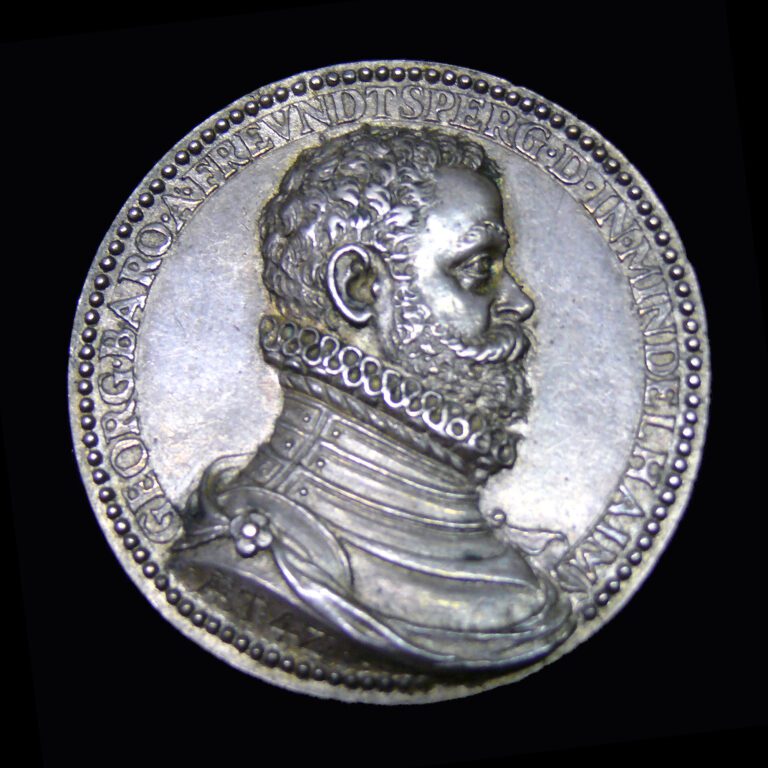
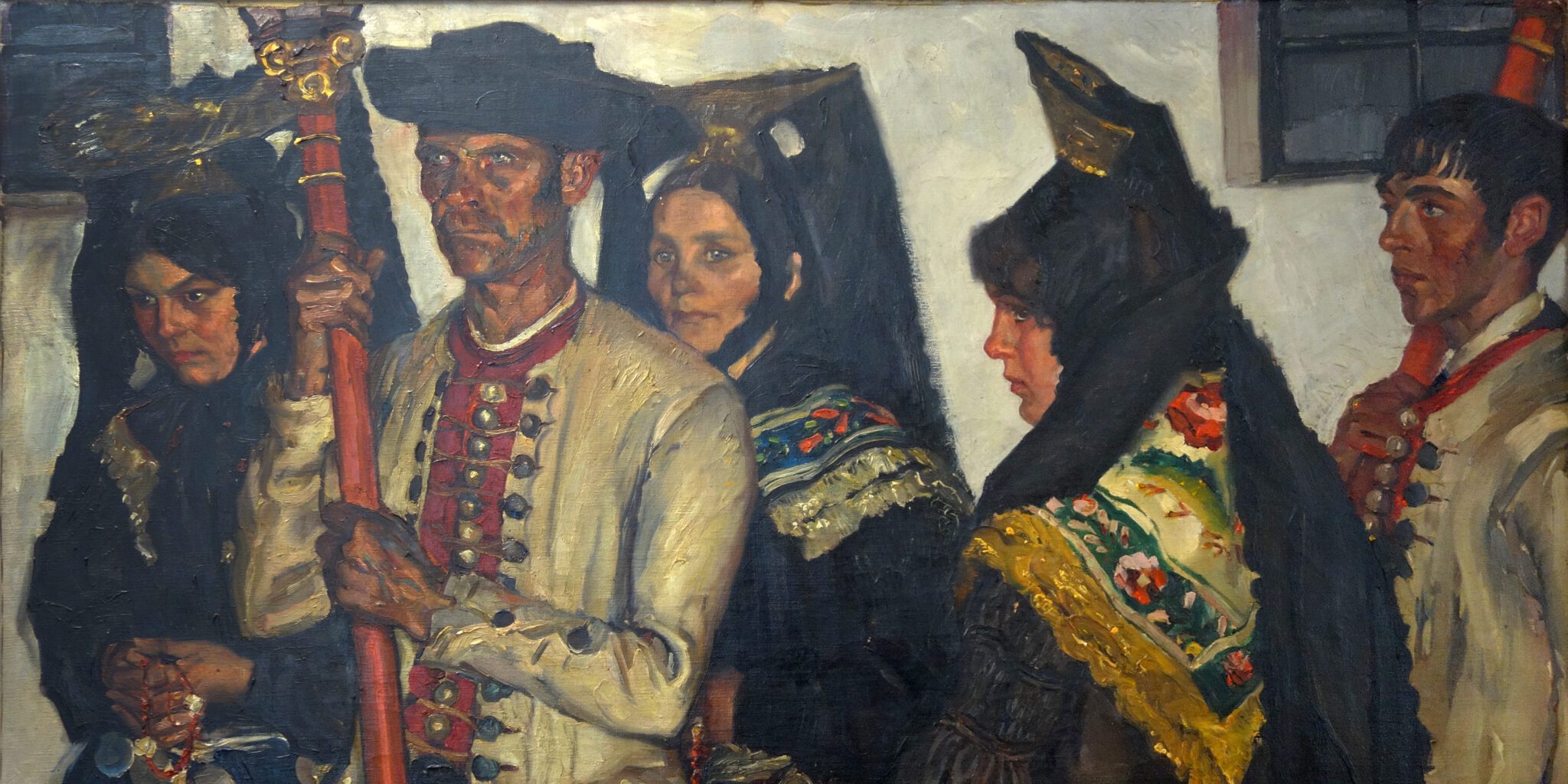
Customs and tradition
Mindelheim’s “Gwand” is a Swabian traditional dress of the 19th and 20th centuries, which was still worn by the citizens in the 1950s on festive occasions, for example, on church holidays and ceremonial processions.
The women were especially well dressed in their richly embroidered “Regina” headdress, long wide skirts and specially made “spencers” decorated with a colourful silk scarf. The men were similarly well attired in the Swabian tradition, with a typical three-pointed hat (“Dreispitz”), knickerbockers, a colourful waistcoat and a coat of overknee length.
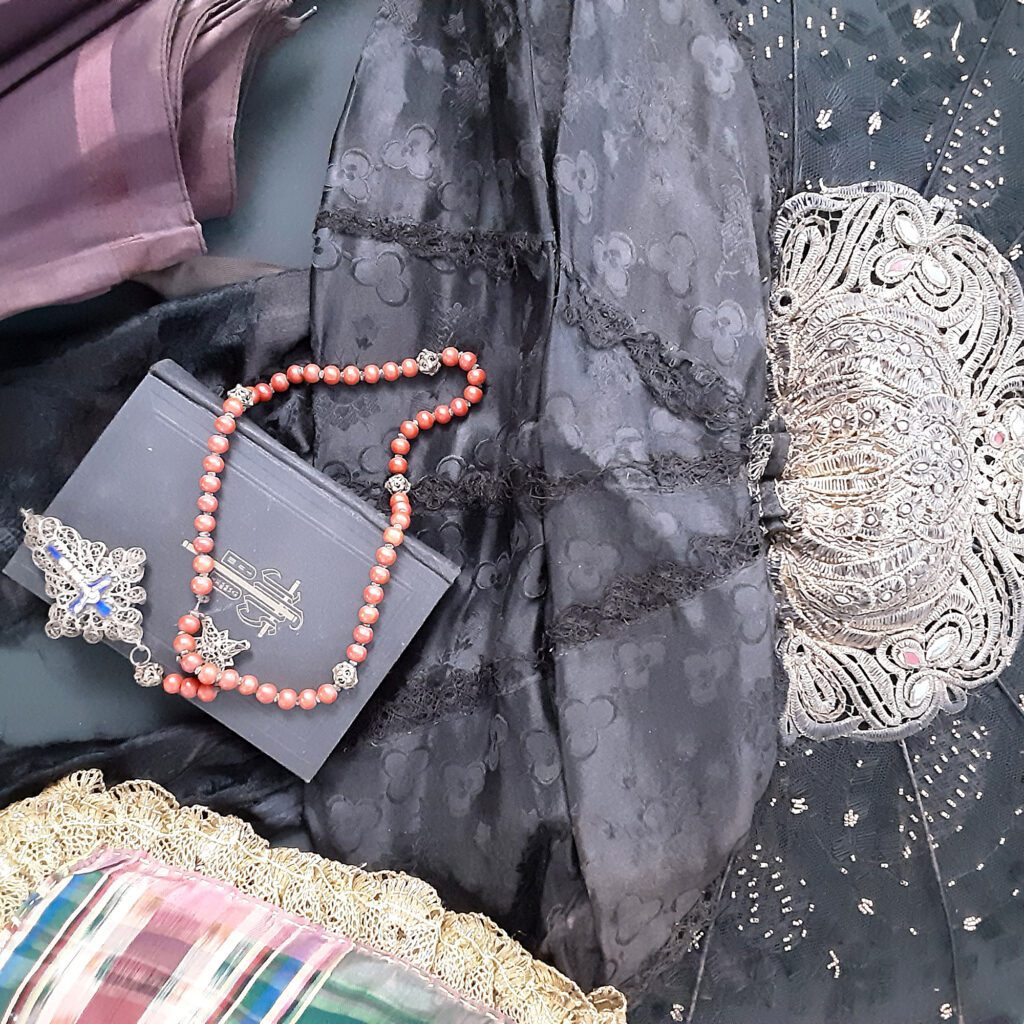
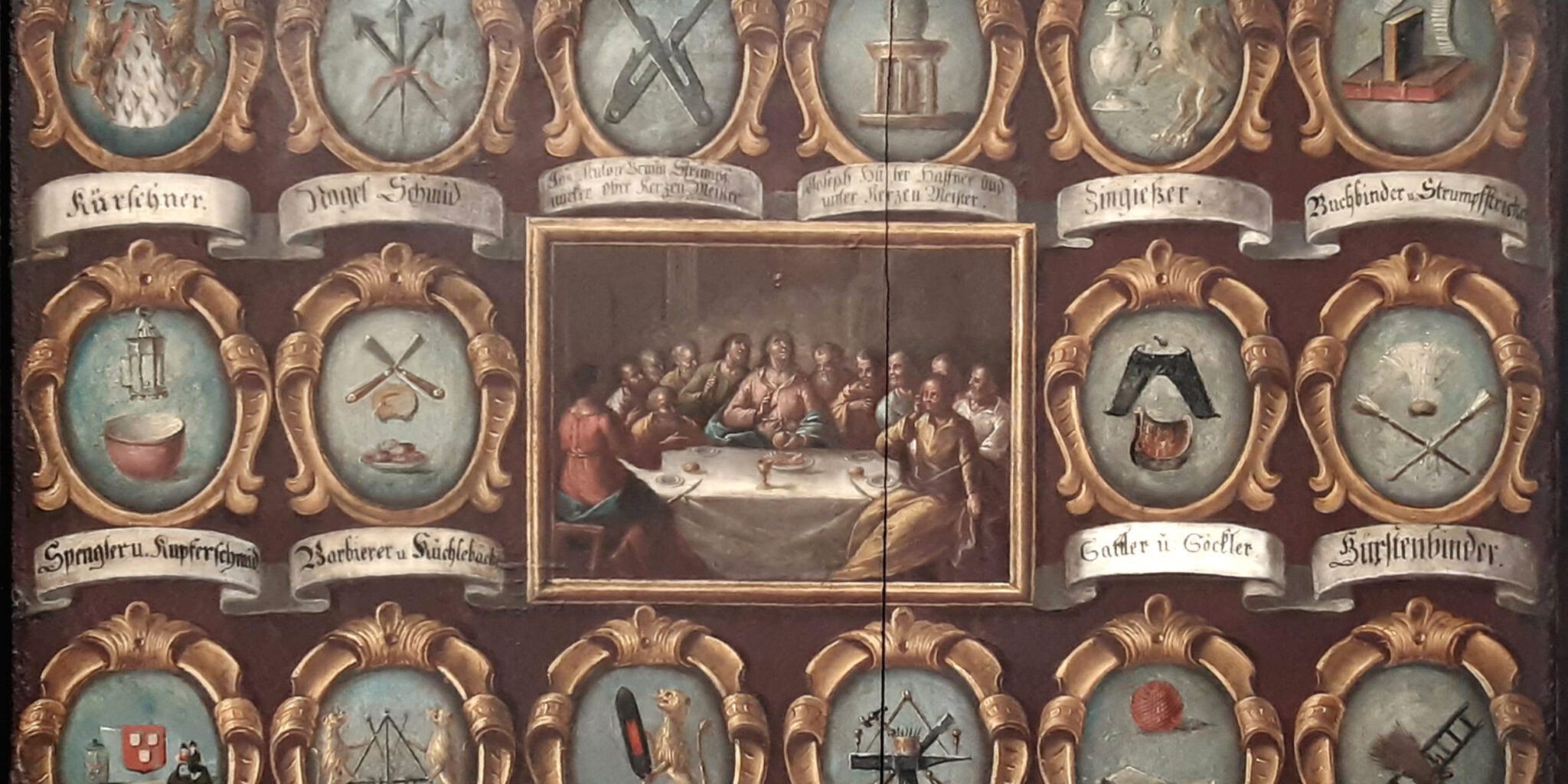
Guilds and craftsmanship
Since the Middle Ages, craftsmen united in guilds, such as the bricklayers, carpenters, pewterers, bakers, butchers, brewers and many others had symbolised their concept of professional union in the form of guild signs.
These usually hung above the guild tables in the taverns and were often elaborately designed coats of arms.
Other guild signs were the guild chests in which everything important to the guild was kept, or imposing, large, usually magnificently designed guild mugs and pitchers, which were only used on highly official, ceremonial occasions.
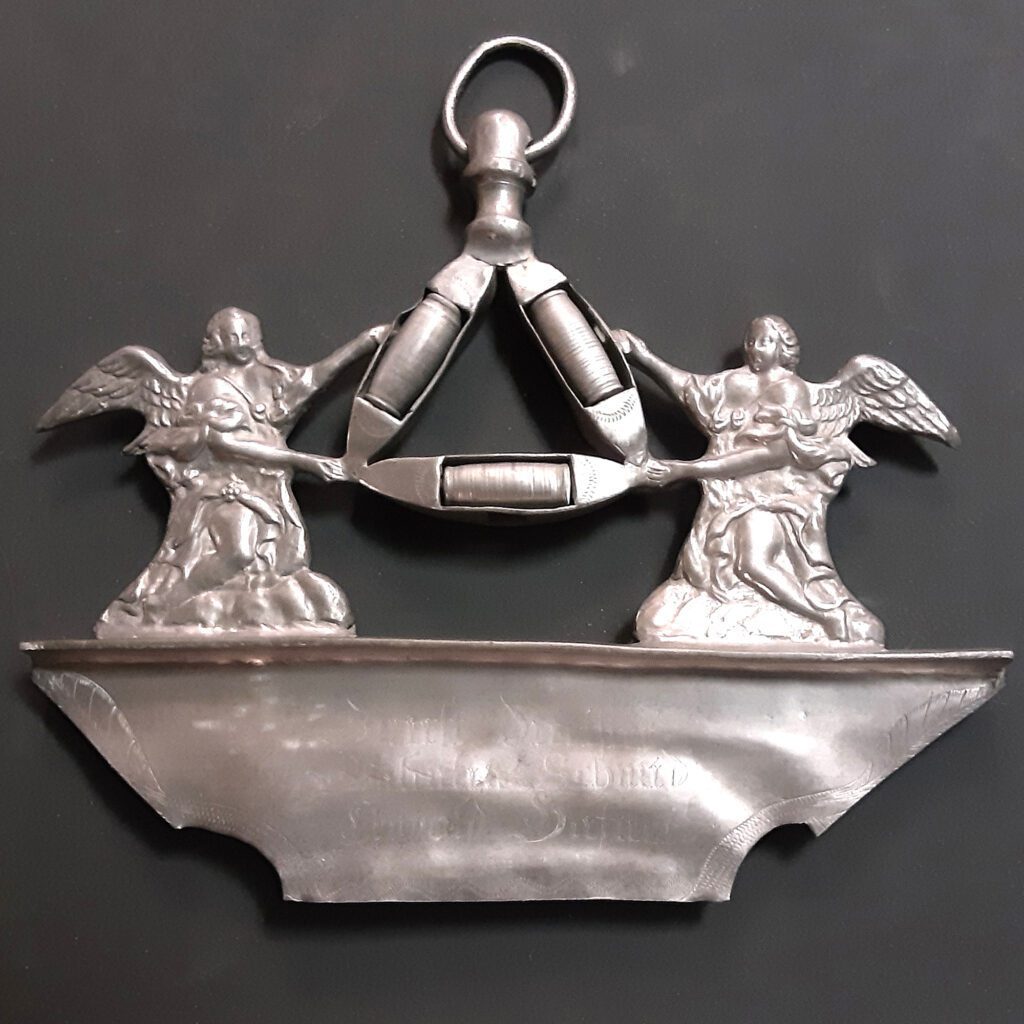
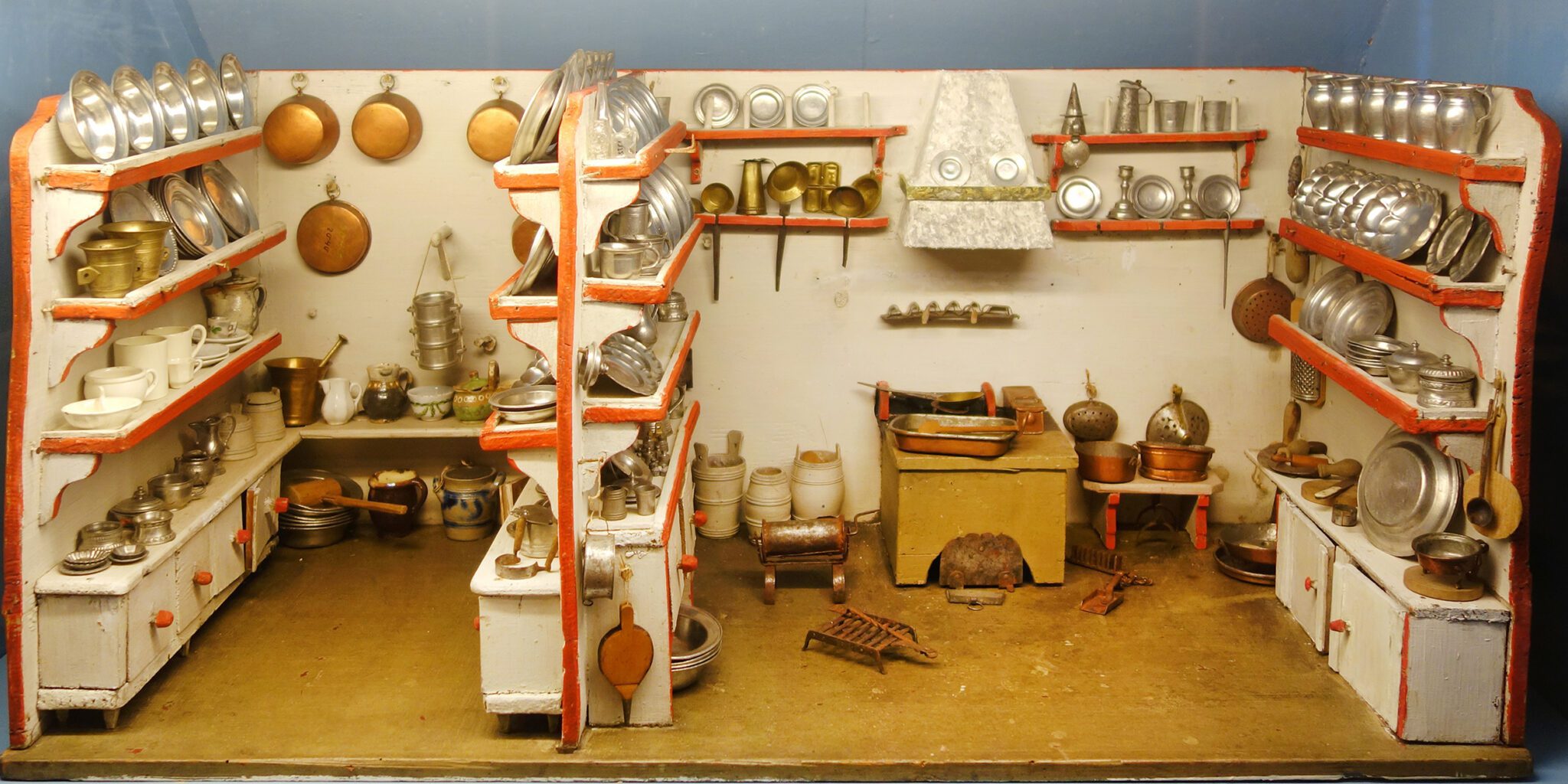
Toys - reflect the education of the times
Toys have always been a social mirror of the times, intended to familiarise boys and girls in a playful, but pedagogical manner with the tasks and values typical of the day.
There are the lovingly furnished dolls’ houses with pewter dishes, heatable ovens and pretty porcelain dolls, intended to prepare the dolls’ mummy for her later role as mother and housewife, alongside the knight’s castle and rocking horse – symbolising chivalry, courage and combative spirit for the boys.
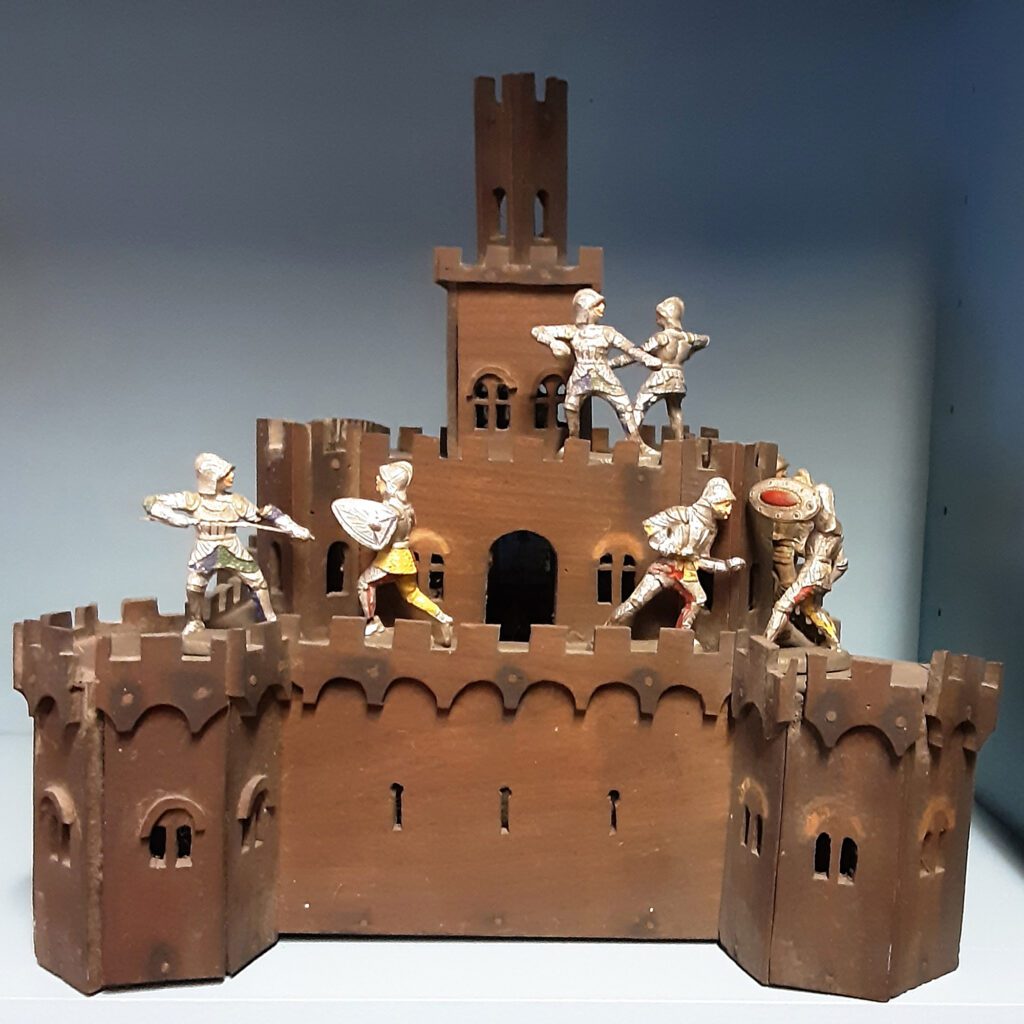
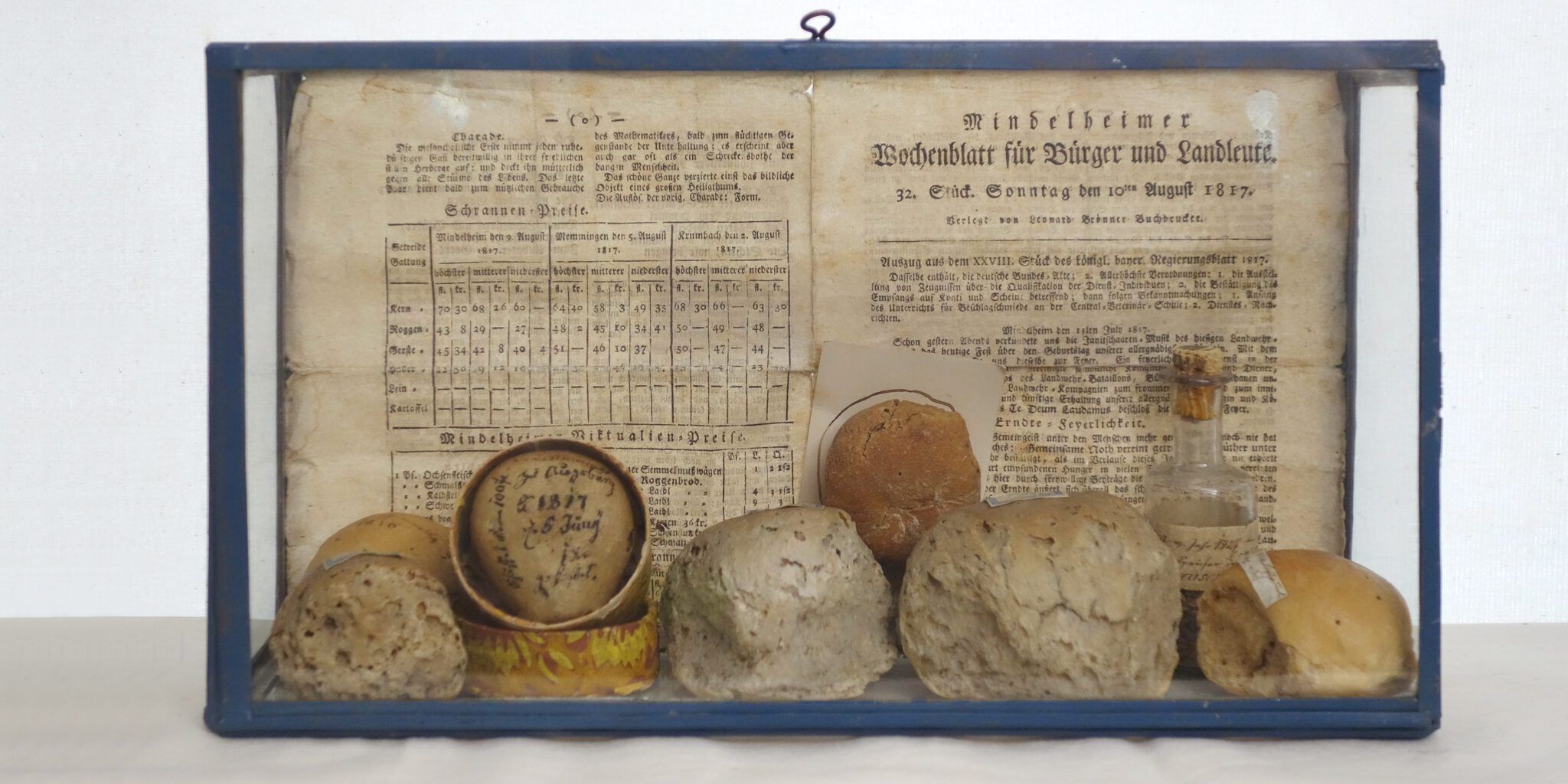
The year without a summer
a volcanic eruption and its consequences
When the Tambora volcano erupted in 1816, no one could have imagined the serious consequences this natural disaster would have for southern Germany.
For the citizens of Mindelheim, the year which became known as the “year without a summer” was a catastrophe. In the summer of 1816, the volcanic ash and the constant rain and cold temperatures associated with it were the cause of considerable crop failures and a dramatic country famine.
The following year, 1817, again brought decent harvests, and many people created votive offerings such as pictures of ears of wheat or showcases containing “hunger bread” to commemorate this horrendous event.
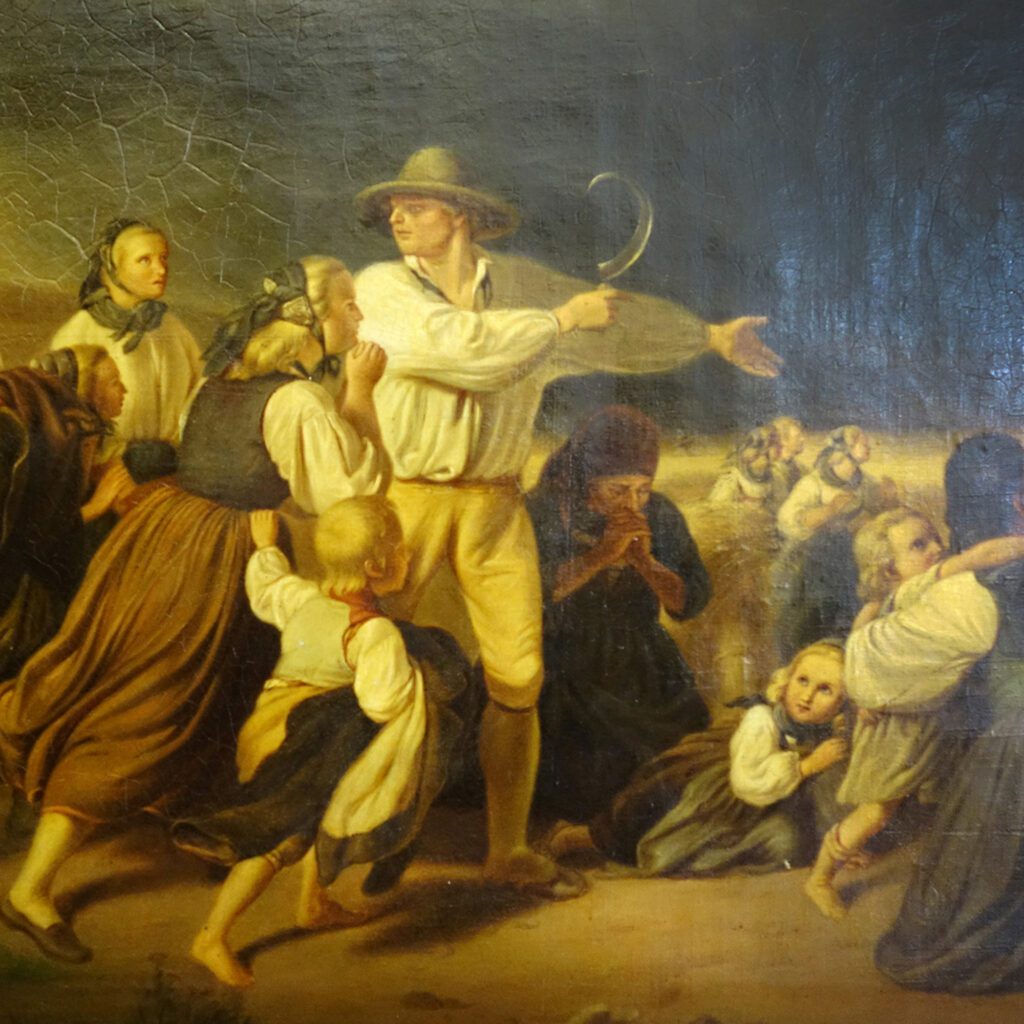
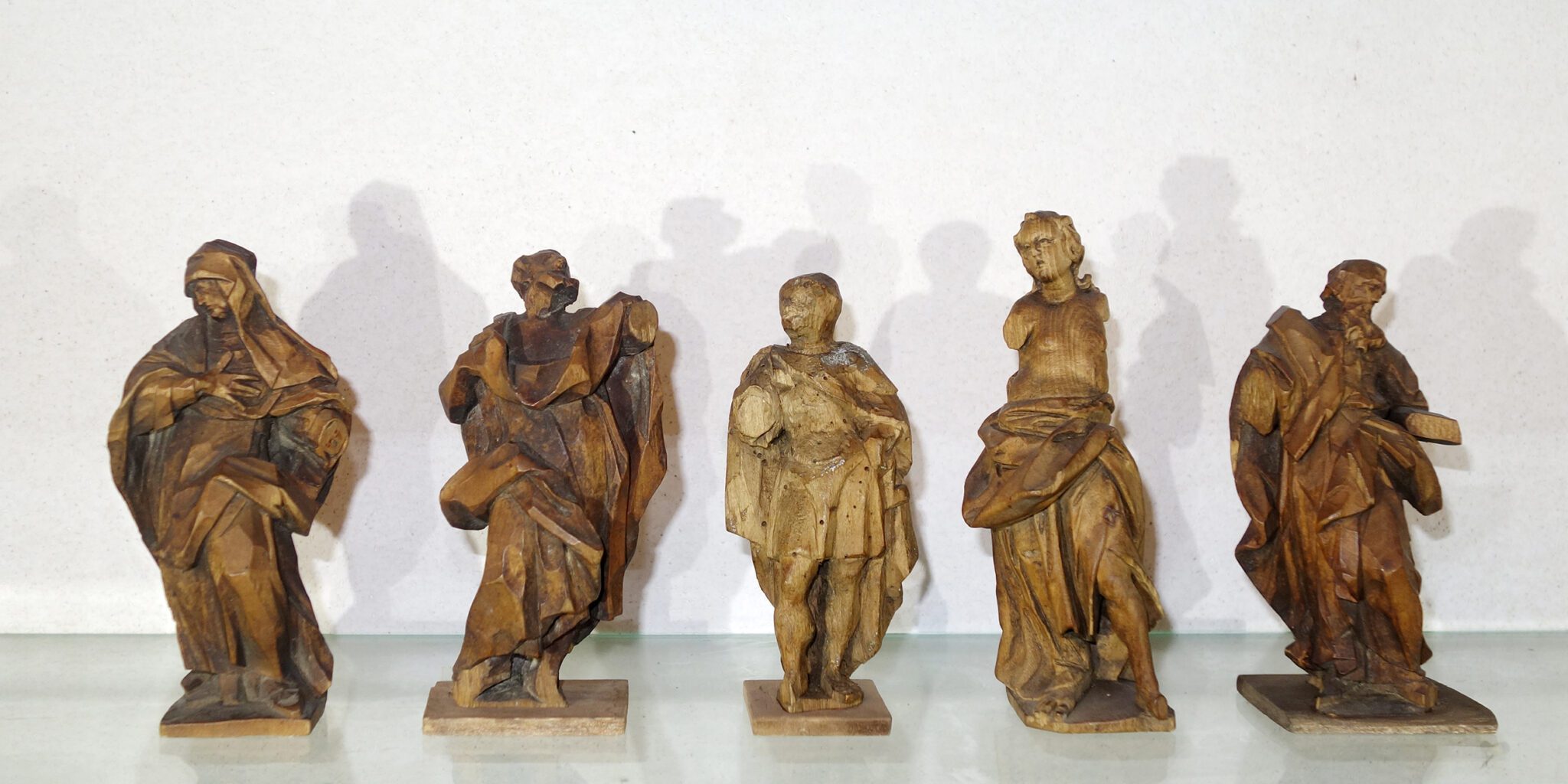
Religious life – sacred art
Mindelheim, a town strictly influenced by the Catholic faith, home to many old churches and chapels as well as two convents, is richly blessed with beautiful objects of religious art, sacred treasures and tokens of rural piety.
Numerous masterful sculptures, crucifixes and works by important local sculptors and painters, treasures elaborately and finely executed by delicate hands in the convents, and a large collection of religious folk art from the 15th to the 19th century, bear witness to the strong faith and great piety of earlier times in our town and its surroundings.
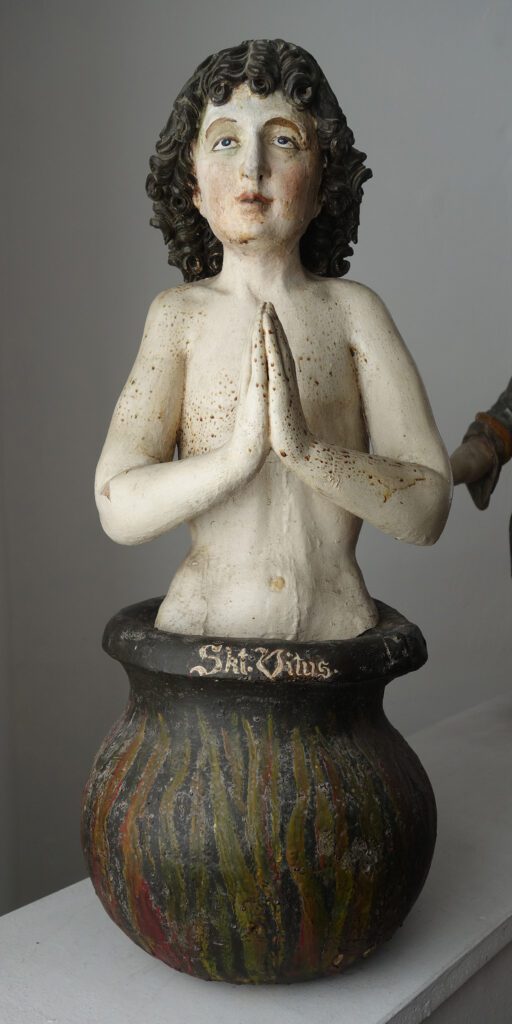
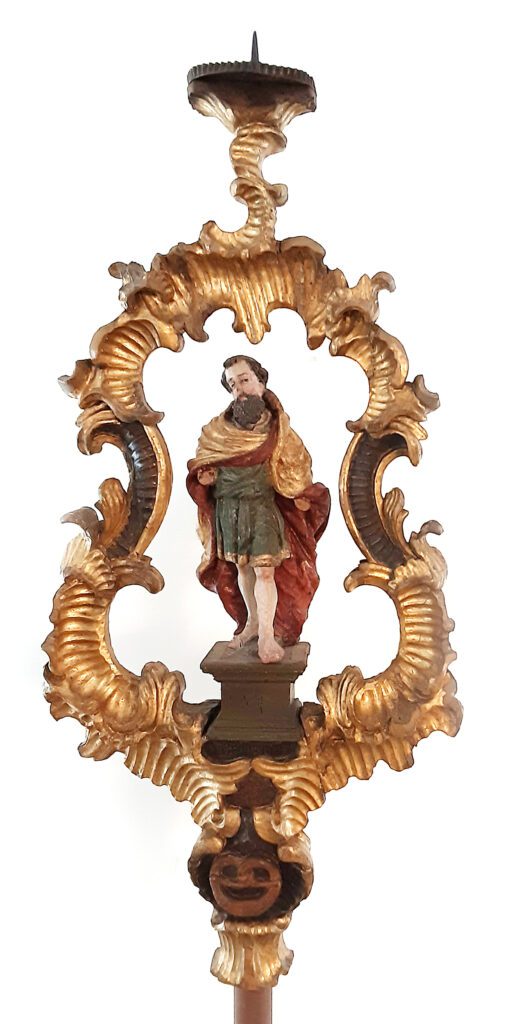
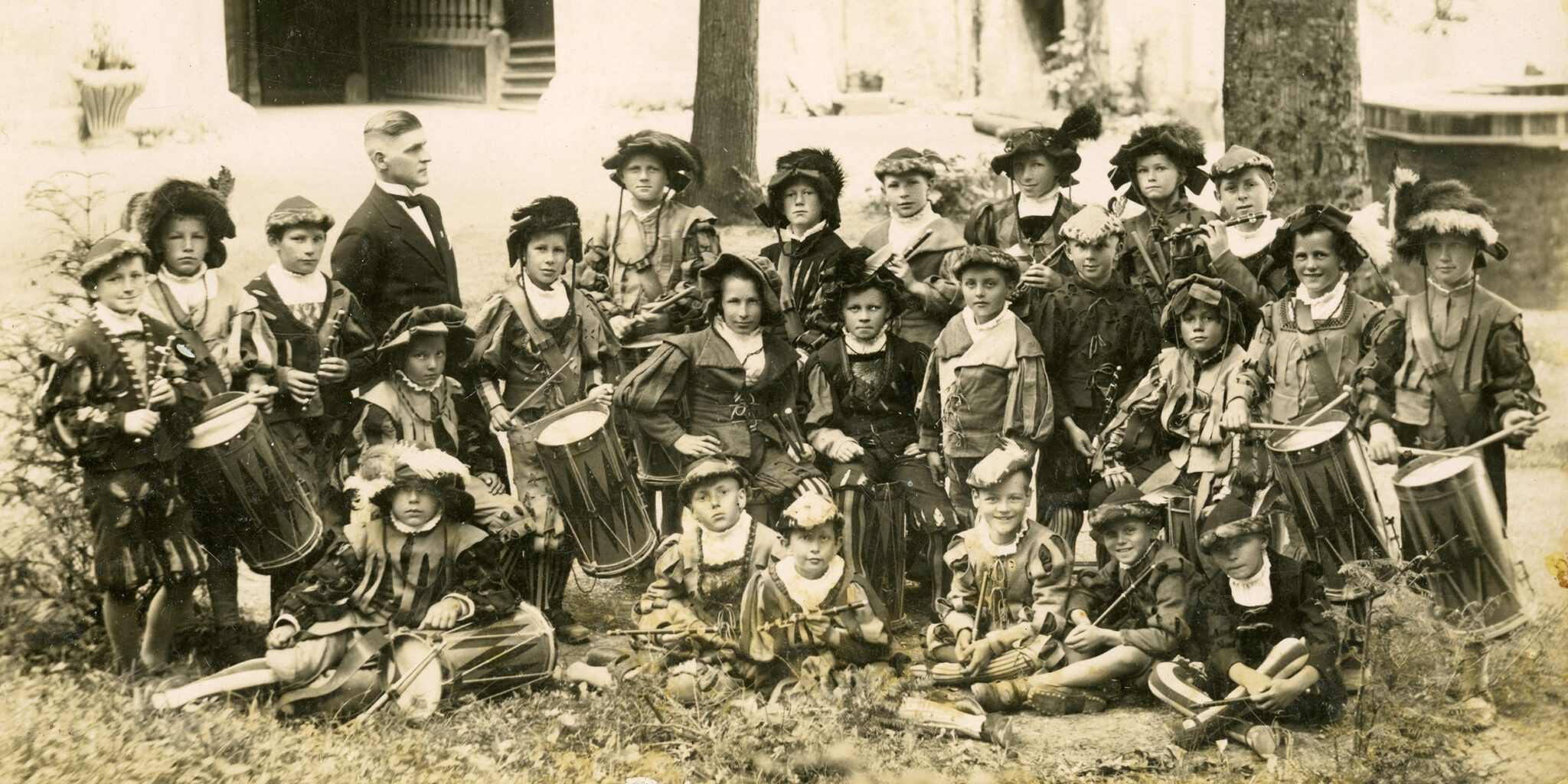
Photographic treasures documents of bygone ages
Small exhibitions of historical photographs and picture postcards on various themes are held at regular intervals in the Museum of Local History.
How did people live, work, dwell or dress in the early 20th century? What did our town with its towers, churches and houses look like in times gone by? How did festivals, associations and residents change over the decades? These and many other questions are documented and answered by means of rare photographs.
The history of town and society with its changes and customs are thus brought back to life in an authentic manner and illustrated by facts.
